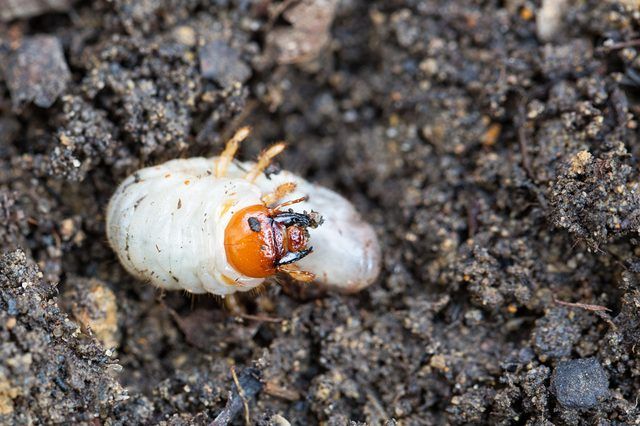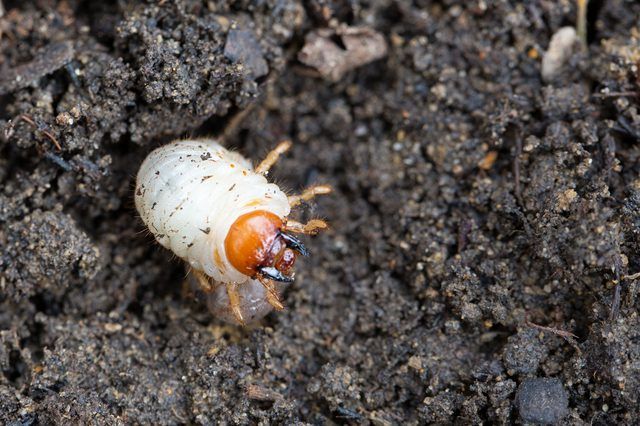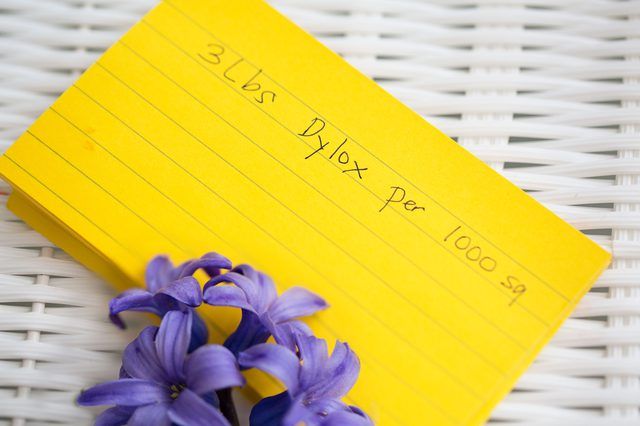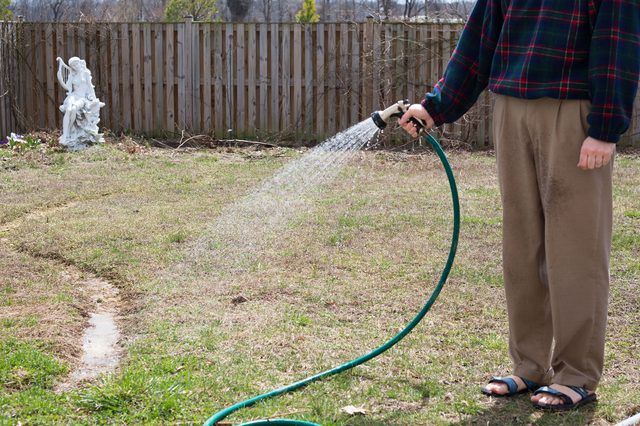Bulbs
Flower Basics
Flower Beds & Specialty Gardens
Flower Garden
Garden Furniture
Garden Gnomes
Garden Seeds
Garden Sheds
Garden Statues
Garden Tools & Supplies
Gardening Basics
Green & Organic
Groundcovers & Vines
Growing Annuals
Growing Basil
Growing Beans
Growing Berries
Growing Blueberries
Growing Cactus
Growing Corn
Growing Cotton
Growing Edibles
Growing Flowers
Growing Garlic
Growing Grapes
Growing Grass
Growing Herbs
Growing Jasmine
Growing Mint
Growing Mushrooms
Orchids
Growing Peanuts
Growing Perennials
Growing Plants
Growing Rosemary
Growing Roses
Growing Strawberries
Growing Sunflowers
Growing Thyme
Growing Tomatoes
Growing Tulips
Growing Vegetables
Herb Basics
Herb Garden
Indoor Growing
Landscaping Basics
Landscaping Patios
Landscaping Plants
Landscaping Shrubs
Landscaping Trees
Landscaping Walks & Pathways
Lawn Basics
Lawn Maintenance
Lawn Mowers
Lawn Ornaments
Lawn Planting
Lawn Tools
Outdoor Growing
Overall Landscape Planning
Pests, Weeds & Problems
Plant Basics
Rock Garden
Rose Garden
Shrubs
Soil
Specialty Gardens
Trees
Vegetable Garden
Yard Maintenance
How to Treat Grubs in Your Lawn
How to Treat Grubs in Your Lawn. Grubs, or grub worms, are a common pest problem that affects lawns. These are the larvae of Japanese and June beetles, as well as Chafers. You may be able to get an early read on a grub problem in your lawn if you notice the presence of adult beetles and patches of dying grass. Cut back a square-foot patch of turf...
Grubs, or grub worms, are a common pest problem that affects lawns. These are the larvae of Japanese and June beetles, as well as Chafers. You may be able to get an early read on a grub problem in your lawn if you notice the presence of adult beetles and patches of dying grass. Cut back a square-foot patch of turf and look underneath; if you see small, white worm-looking creatures, these are infesting your lawn. Once they are there, the scores of grub prevention products available will more than likely not be effective. These products are just grub prevention and not for solving an already existing grub problem. To get rid of an existing grub problem, you will need to take another course of action.

Things You'll Need
Dylox 6.2 G
Mechanical spreader
Step 1
Look closely for any grub activity in the summer and early fall. It is best to treat the lawn at this time rather than in the spring when the problem will be more difficult to control.

Step 2
Purchase Dylox 6.2 G, sold in granular form in 30-lb. bags, from a local garden or nursery store. Do not be misled by the many grub products that are prominently displayed; these are for prevention purposes only and will most likely not be effective on your existing grub problem.

Step 3
Apply the Dylox by way of a mechanical spreader at a rate of 3 lbs. per 1,000 square feet. Read the directions on the packaging to confirm this rate, but err on the side of applying too little rather than too much. This is a good rule of thumb when applying any treatment to your lawn. You can always add more later if necessary, but you may cause irreparable damage by applying too much the first time.

Step 4
Water the Dylox into the lawn immediately after the application, as sunlight has the effect of breaking down the active ingredient in it. This will also have the effect of moving the Dylox down deep into the soil of the lawn where the grubs live.
The grubs will ingest the Dylox, and will immediately stop causing damage to the lawn. They will eventually die and you can then take measures to repair and restore your lawn without grubs undermining your efforts.
